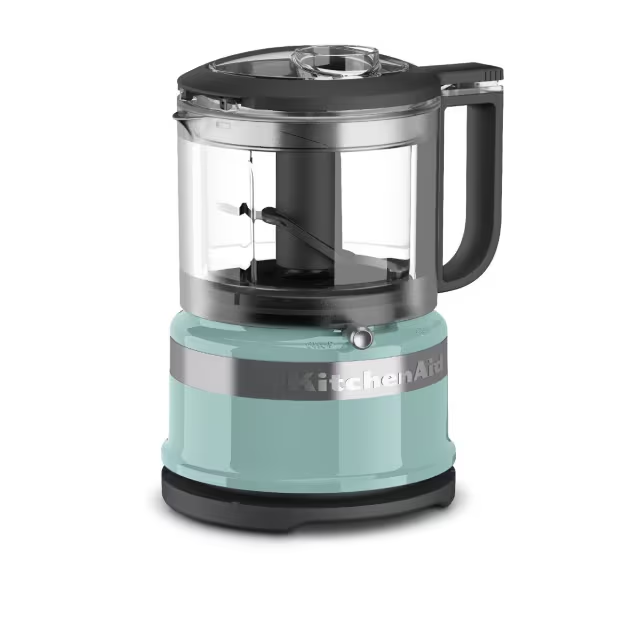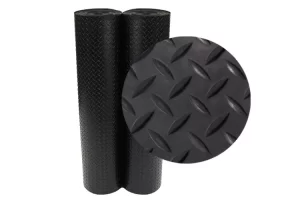Fluorescent light bulbs, also known as fluorescent tubes, are a popular lighting option due to their energy efficiency and longevity. They differ from traditional incandescent light bulbs in that they use a different process to produce light. Here are some key characteristics and features of fluorescent light bulbs:
Energy Efficiency
One of the most significant advantages of fluorescent light bulbs is their energy efficiency. These bulbs use 75% less energy than incandescent bulbs, which means that they can help save on electricity bills in the long run. Additionally, they produce less heat, which can also help save on cooling costs.
Longevity
Another key feature of fluorescent light bulbs is their longevity. They typically last between 10,000 to 20,000 hours, which is significantly longer than incandescent bulbs. This means that they will need to be replaced less often, which can also help save money in the long run.
Brightness
Fluorescent bulbs are known for their brightness, which can make them an ideal choice for commercial and industrial settings. They produce a lot of light for their size, which means that fewer bulbs are needed to illuminate a space. They also come in a range of colors, from warm to cool white, which can help create different atmospheres.

Versatility
Fluorescent bulbs are available in a variety of sizes and shapes, making them suitable for a wide range of applications. They are commonly used in fixtures that are designed to accommodate them, such as ceiling lights, desk lamps, and overhead lighting. They are also available in a range of color temperatures, from warm white to cool white, which allows users to choose a color that best suits their needs. Additionally, fluorescent bulbs are available in a range of wattages, which makes it easy to find a bulb that is suitable for any application.

Environmental Friendliness
Fluorescent light bulbs are also considered more environmentally friendly than traditional incandescent bulbs. They contain less mercury than older fluorescent bulbs, and many newer models are designed to be recycled. Additionally, since they use less energy, they can help reduce carbon emissions and other pollutants associated with electricity generation.
Cost
While fluorescent light bulbs may have a higher initial cost than incandescent bulbs, they can save money in the long run due to their energy efficiency and longevity. Additionally, the cost of fluorescent bulbs has come down over time as technology has improved and more manufacturers have entered the market.
Flickering
One potential downside of fluorescent bulbs is that they can sometimes flicker, particularly when they are first turned on. This can be a nuisance and may even trigger headaches or migraines in some people. However, newer models have largely solved this problem and are less likely to flicker.
Ballasts:
Fluorescent bulbs require a ballast to regulate the flow of electricity. This can be a potential point of failure, and ballasts can sometimes fail or make noise. However, newer models of fluorescent bulbs have electronic ballasts that are more reliable and quieter than older magnetic ballasts.
Temperature Sensitivity
Fluorescent bulbs can be sensitive to temperature and may not work as well in extremely cold or hot environments. However, newer models are designed to work in a wider range of temperatures and can be used in a variety of settings.
Recycling
Finally, it’s worth noting that fluorescent bulbs should be recycled properly due to their small amount of mercury content. Much hardware and home improvement stores offer recycling programs for fluorescent bulbs, and they should not be thrown away in the trash.
In conclusion, fluorescent light bulbs offer a range of benefits over traditional incandescent bulbs, including energy efficiency, longevity, brightness, and environmental friendliness. While they may have some downsides, such as flickering and sensitivity to temperature, newer models have largely solved these issues. Overall, fluorescent bulbs can be a great choice for a variety of settings and applications.







